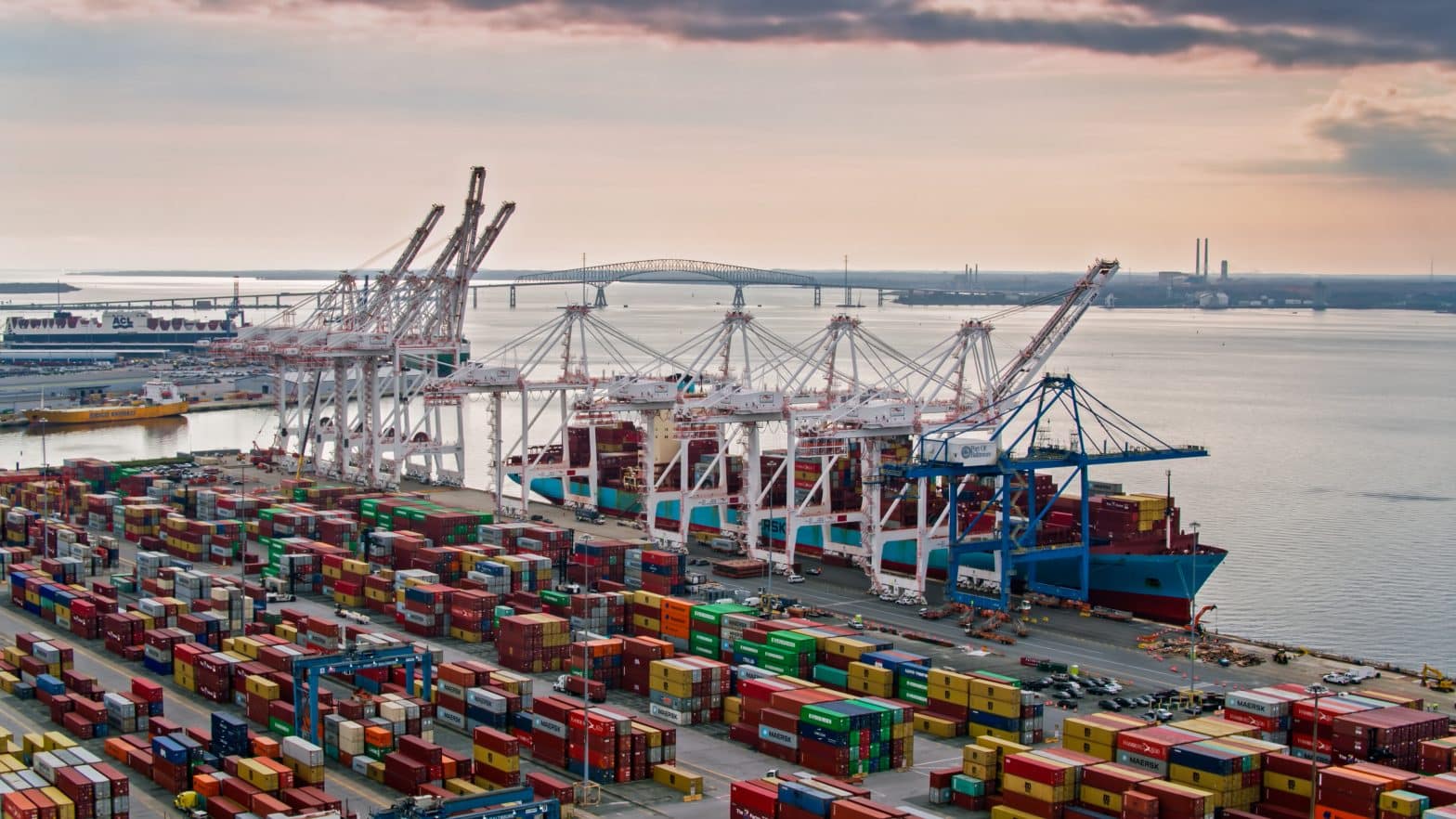Hamilton Insurance Group Ltd.’s chief executive officer said the Baltimore bridge collapse is likely one of the largest potential marine losses ever to hit the market, as the group’s first-quarter profit and premiums surged amid positive market conditions.
The group set its estimated losses at $37.9 million for the Francis Scott Key Bridge collapse in Baltimore, CEO Pina Albo said in a conference call. The loss contributed to an added 8.1 points on the attritional loss ratio, net of reinsurance and is based on the high end of industry loss estimates ranging from $1 billion to $3 billion, she said.
Hamilton took a reserve position it considers conservative, as “we decided to take our medicine up front” on the Baltimore event, Albo said. She said the conservative reserving is similar to reserving Hamilton earlier took for the Ukraine war.
The group reserved $80 million for Ukraine, 80% of which is incurred but not reported, a Hamilton spokesperson told BestWire.
Munich Re recently reported that its man-made major losses rose to €418 million ($450.3 million) in the first quarter from €165 million a year ago, with the largest individual loss the collapse of the Francis Scott Key Bridge in Baltimore. Munich Re declined to give a specific loss amount for the event.
With another active natural catastrophe quarter, the Baltimore event, ongoing geopolitical tensions and concerns about casualty reserves, rates remain attractive across most of Hamilton’s businesses, Albo said. There is moderation in some lines but conditions are improving in areas including casualty and specialty.
In property catastrophe reinsurance, there has been more appetite at the top end of programs but discipline remains with respect to attachment points and terms and conditions she said.
April 1 renewals were predictable as no additional limits were purchased in the Japan-heavy round, Albo said. There was increased capacity at the top end of programs, resulting in modest downward pressure on rates. Pricing was still attractive, she said.
In casualty and specialty that renewed in April, Hamilton was able to increase line sizes for select clients at attractive terms due to market dislocation, she said.
Heading into June and July renewals, which are mainly property-driven, Hamilton expects increased demand from key clients and underwriting discipline will prevail, Albo said.
Hamilton’s first-quarter net income attributable to common shareholders rose to $157.2 million from $51.5 million a year ago. Gross premiums written rose to $721.9 million from $538.2 million.
The combined ratio worsened to 91.5 from 87.9, mainly due to the Baltimore event.
Net unfavorable attritional prior-year reserve development, net of reinsurance, was $11.9 million, mainly on two specific large losses in specialty insurance and reinsurance classes.
These were losses for satellites launched in 2022 and 2023, said Chief Financial Officer Craig Howie in the call. The losses were booked this year due to the timing of the damages becoming clearer, he said.
Current and prior-year catastrophe losses net of reinsurance were $0.2 million.
Howie said there were no current year cat losses this year, compared with $5.3 million in losses a year ago.
Rates and premium growth for the industry were strong across property, casualty and specialty classes, Albo said. The overall rate environment remains attractive, she said.
The group’s Bermuda segment, which includes Hamilton Re and Hamilton Re US, saw top-line growth of 38% in the quarter with property as the largest contributor, she said.
Albo noted casualty was Hamilton’s second-highest growth area as the group takes advantage of market dislocation. The group increased its underweight casualty participations with targeted clients as underlying rates and terms improved.
In specialty, Hamilton wrote new business at Jan . 1 in lines such as marine and energy and aviation, which Albo said are well-priced and well-structured.
Premiums in the international segment, which is mostly specialty, rose 30%, Albo said. Growth was seen in professional indemnity, which offset some declines in cyber, where she said rate demands require careful underwriting.
Within professional lines, public company directors and officers is seeing rate pressure similar to cyber and is an area where Hamilton has limited exposure, Albo said.
Property direct and facultative, which consists mainly of excess and surplus insurance, is seeing respectable rate increases and is contributing to profitability, Albo said.
The international specialty segment houses Hamilton’s Lloyd’s underwriting operations, the group’s largest platform by premiums, and is home to nearly half of the group’s staff, she said. Hamilton’s Syndicate 4000 continues to see profitable growth, she said.
Hamilton separately agreed to repurchase 9.1 million common shares owned by funds affiliated with Blackstone Alternative Solutions LLC at $12 a share for $109.5 million. The buy will be funded by a loan under the company’s
revolving credit facility, which Hamilton intends to repay with funds withdrawn from its Two Sigma Hamilton Fund, Albo said.
She said the repurchase allows BAS to fully exit an investment that was made more than 10 years ago. The transaction should create significant value and won’t impede Hamilton’s plans for strategic growth in both specialty insurance and reinsurance at a favorable time in the market cycle, Albo said.













